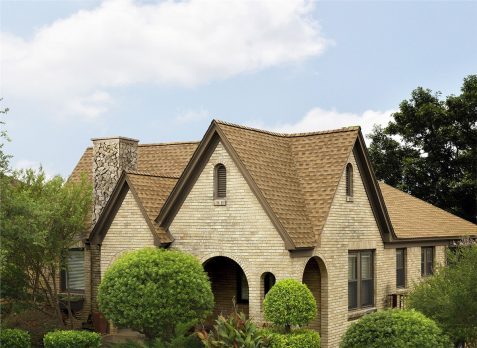
Insights from a Roofing Contractor
Deciding when to replace your roof can be challenging. It’s not always as simple as checking the age of the roof. Even newer roofs can develop issues that require attention. We want to share some insights and real-world examples to help you understand when it might be time to replace your roof.
Age Isn’t Everything
One of the most common misconceptions we encounter is that a roof’s age is the only factor in determining if it needs replacement. While age is a consideration, it’s not the sole indicator. We’ve seen many roofs, even those replaced recently, develop problems that necessitate attention.
The Dangers of Layering Shingles
A common practice among some roofers is to add a new layer of shingles over an existing one instead of performing a complete tear-off. While this might seem like a cost-effective solution, it often leads to more significant problems down the line. Most cities, including those in Ohio, allow up to two layers of shingles. However, if the original roof is leaking, adding another layer won’t solve the problem—it merely covers it up temporarily.
The Importance of Quality Materials and Installation
Another critical factor is the quality of materials and installation. Unfortunately, we see many roofing companies cutting corners by using cheaper underlayment, ice and water shields, or even nails. These materials might meet the minimum standards, but they don’t always stand the test of time. It’s not just about the shingles; the materials you don’t see are just as important in ensuring your roof lasts.
Warning Signs of Roof Problems
It’s essential to look beyond the obvious signs of roof damage, like missing shingles or leaks. Other indicators might include:
- Nail Pops – In Ohio, where temperature fluctuations are common, nails can start to work their way out, causing shingles to lift and create potential leak points.
- Warping or Saturation – If you notice any warping or areas where the roof seems to be sagging, it’s time to call in a professional. These are signs that the roof’s structural integrity might be compromised.
- Attic Inspections – Many roof leaks start small and may not be noticeable until they’ve caused significant damage. Regular attic inspections can help catch these issues early. By the time you see a leak on your ceiling, it’s likely been going on for quite some time.
The Real Estate Market and Roof Replacement
In today’s real estate market, the condition of the roof has become a significant negotiating tool. Buyers and sellers alike are using roof inspections to negotiate the sale price of a home. It’s not uncommon for a buyer to request a lower price after a home inspection reveals potential roofing issues. We’ve seen situations where a minor issue is used to negotiate a much larger price reduction.
Regular Roof Inspections Are Key
We recommend that homeowners have their roofs inspected regularly, starting at around the ten-year mark, and then every three to five years after that. Regular inspections can help catch issues before they become significant problems, saving you money and extending the life of your roof.
Do You Need a New Roof?
Understanding when to replace your roof involves more than just checking its age. By staying informed about the materials used, watching for warning signs, and scheduling regular inspections, you can ensure your roof remains in good condition for years to come. And when it comes time to sell your home, having a solid roof can prevent costly negotiations and give you peace of mind.




